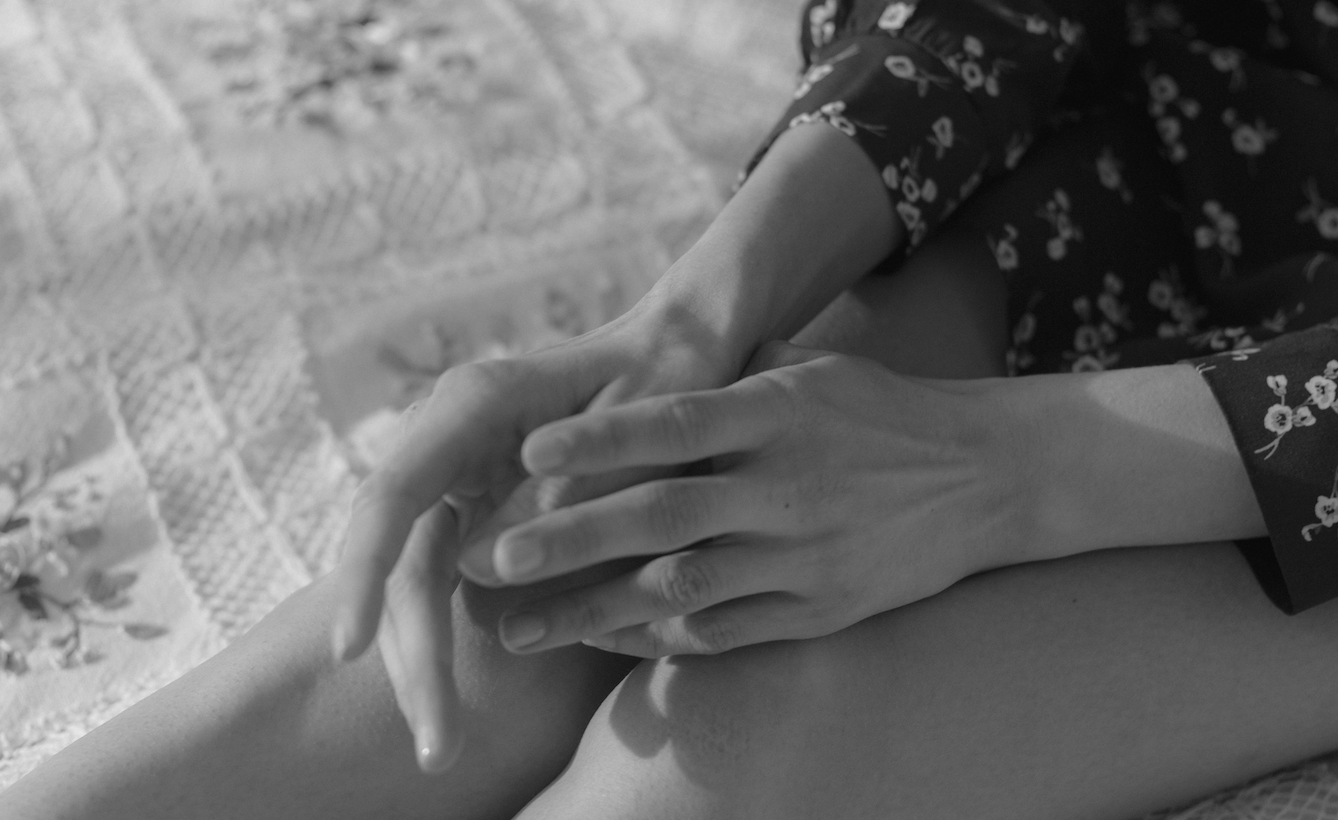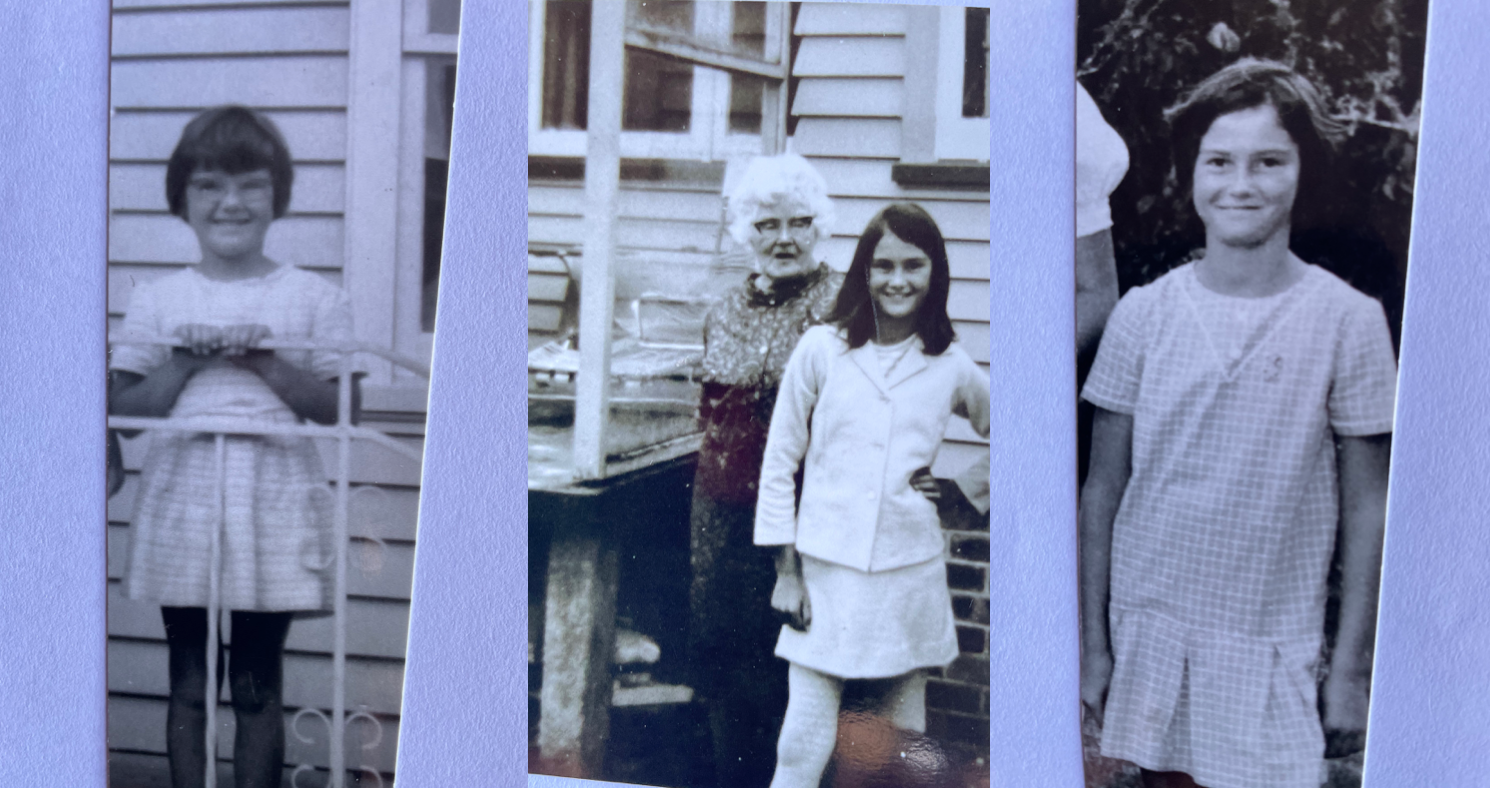
By Liz Greene
Two months of excruciating pain and an endless barrage of medical testing had culminated in a surgery that was supposed to end my suffering, and return me to a normal life. And yet, here I was, three weeks after my gallbladder removal and still in mind-numbing pain. I sat, doubled over in the surgeon’s office, listening in disbelief as he told me he didn’t believe my pain was real, and instead thought I was seeking drugs. I left in tears, unsure of what to do next. It would be three more months before I received a diagnosis and was on my way to recovery.
Unfortunately, my experience is just one of many. Despite the fact that women make approximately 80% of health decisions in their families, they consistently get the short end of the stick when receiving treatment. Medical personnel tend to take women’s pain less seriously than men’s, spend less time treating them, and often misdiagnose their physical pain as being emotional in nature.
Why? Because misogynistic stereotypes still exist in medicine; doctors tend to view men as more authoritative and sincere, while women are regarded as emotional and melodramatic.

How Sexism Affects Women in Pain
A study from the National Institute of Health found that, on average, women have to wait 16 minutes longer than men when receiving pain medicine in emergency rooms. That same study reported that women are 13 to 25% less likely to receive opioids when experiencing acute pain.
These findings don’t exist in a vacuum — there are more just like them. A clinical study of people diagnosed with AIDS observed that women were significantly less likely than men to receive adequate analgesic therapy when reporting episodes of pain. Yet another study reveals that men are more likely than women to be referred to specialty pain clinics after mentioning pain to their doctor.
A study published in the research journal Sex Roles examined the medication records of patients who had recently undergone coronary artery bypass graft surgery. The findings were eye opening — male patients were given pain medication more frequently than female patients; and women were far more likely to be given sedatives (rather than analgesics) for their pain.
In the oft-cited study, “the Girl Who Cried Pain,” authors Diane E. Hoffmann and Anita J. Tarzian found that women are “more likely to be diagnosed with histrionic disorder (excessive emotionality and attention-seeking behavior) compared to male chronic pain patients.” The study also noted that women are more likely than men to be prescribed tranquilizers and antidepressants to deal with pain — evidence that physicians view women’s pain as being caused by emotional factors, rather than physical ones.

This blatant sexism isn’t just infuriating, it’s deadly. A study published in the New England Medical Journal revealed that women under the age of 50 are twice as likely to die from a heart attack as their male counterparts . A series of studies performed at SUNY’s school of medicine found that when stress was presented along with other coronary heart disease symptoms in both a male and female patient:
- Only 15% of doctors diagnosed the woman with heart disease, compared to 56% of doctors doing the same for the man.
- 30% referred the woman to a cardiologist, compared to 62% for the man.
- Only 13% suggested cardiac medication for the woman, compared to 47% for the man.
The presence of stress among the symptoms shifted doctor’s perception — wherein physical symptoms were reinterpreted as psychological — all while men’s symptoms continued to be perceived as organic whether or not stress was present.

How Do We Fight Sexism in Healthcare?
Convincing our doctors to take our symptoms seriously is no easy feat. It’s not surprising that many women are reluctant to speak up about their medical concerns in the first place — no one wants to be told they’re imagining pain or overreacting. It certainly doesn’t help that women have had societal norms forced down their throats, molding them to be passive and respectful to authority figures. As such they’re less likely to stand up to doctors who tell them that their symptoms are psychosomatic.
Some put the impetus to correct this issue on the patients themselves — suggesting that women must feel empowered to find their voice when discussing their health with medical providers. However, these issues go far beyond women’s individual behavior. We need to destroy the gender bias at play in healthcare — the unconscious bias that leads doctors to dismiss physical problems as psychological in women, and the bias in medical science that leaves women’s health issues under-researched. Furthermore, serious effort needs to undertaken to circulate this knowledge in the medical field, especially when it comes to education.
We deserve to have our pain taken seriously. We deserve to be examined carefully and receive proper treatment. We deserve to be given the same level of care as men. It’s beyond time for healthcare professionals to start treating us as human beings instead of stereotypes.


Liz Greene is a makeup enthusiast, rabid feminist, and an anxiety-ridden realist from the beautiful city of trees, Boise, Idaho. You can follow her latest misadventures on her blog, Instant Lo.

















4 thoughts on “Diagnosis: Sexism. Why Women’s Pain Is Taken Less Seriously By The Healthcare Industry”